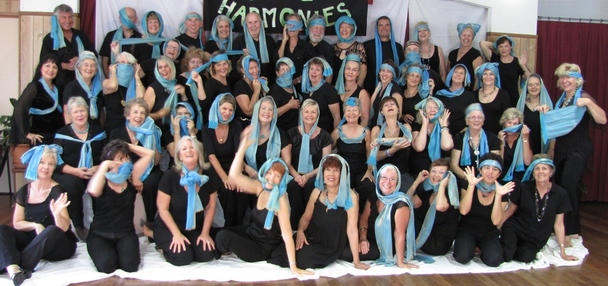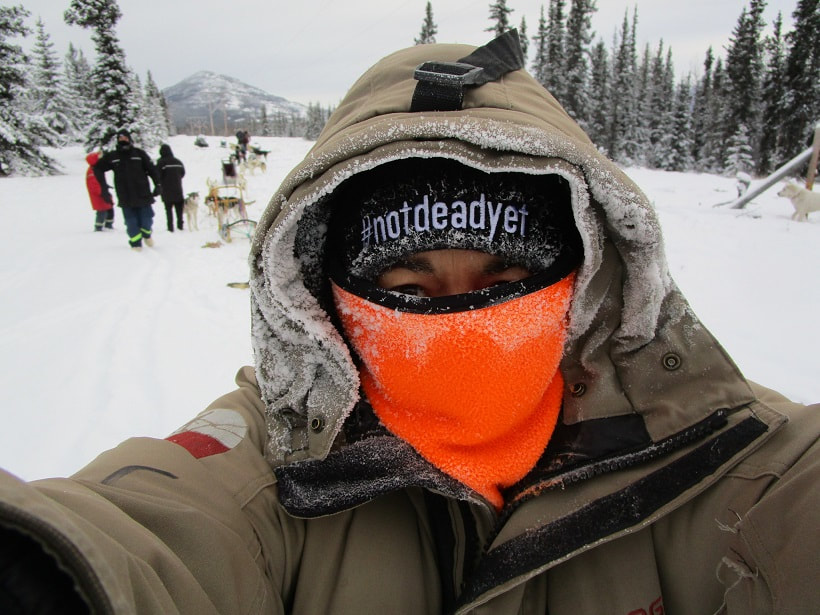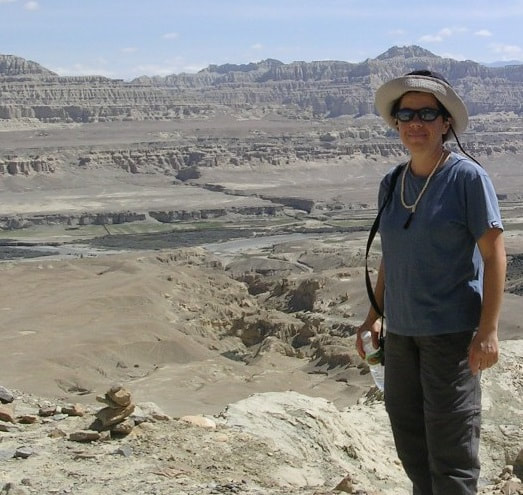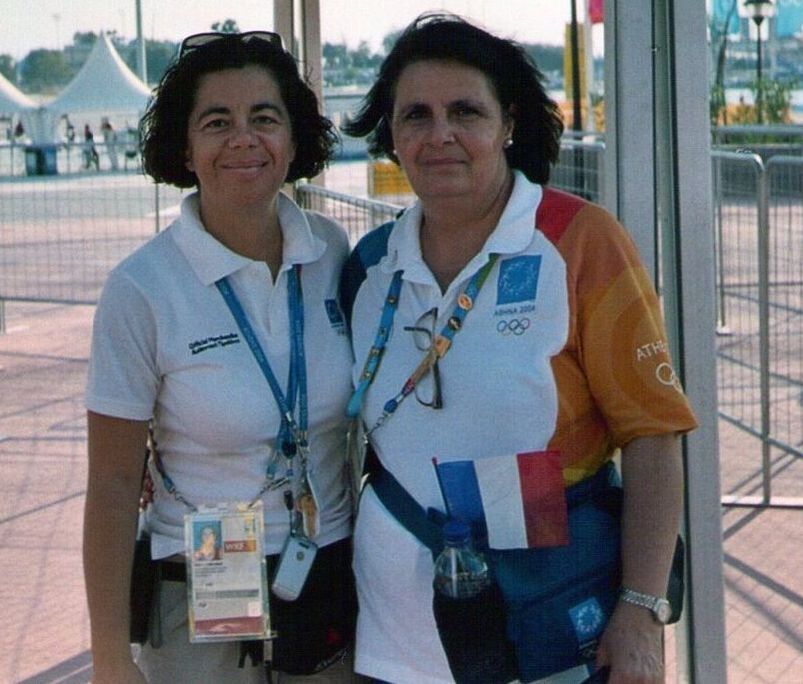|
_“No, that doesn’t sound right.” We stop, mid-song. “Let me hear your note again,” says Yvonne, blowing her pitch pipe. We hesitantly sing our part, waiting for someone else to take the lead. “Tenors,” she says, coming over to our section, “You’re singing the Altos’ part!” It’s a statement, rather than an accusation. Our choir director blows her pitch pipe again; then cues the Sopranos, followed by the Altos, Tenors and Basses. “Hold that note,” she says, listening to each section. “Perfect. That’s your starting note, Tenors - it’s the key of G.” I have no idea what the key of G sounds like; or A, C or even E. Heck, I don’t even read music. So what am I doing singing in a community choir? Two reasons: 1. We have lots of fun. 2. We sound really good! Well, sometimes (read: often) we’re vocally challenged by a song, but when it comes together in a perfect blend of harmonies, it sends goose bumps along your arms and down your spine. “When you blend with members of your section you produce one solid sound - no one individual voice is heard distinctly from the others,” Yvonne tells us. “This allows the choir as a whole, with all four sections blending, to sing together to create a pure four-part harmony.” Some songs gel quickly, especially the African ones, which is why they’re our favourites, such as Shosholoza: _ Fever, on the other hand, took us 18 months to learn – so we were rather excited when we finally performed it in public. Up Above My Head and Lollipop have been equally challenging and we’ve only recently introduced them into our repertoire: _ I’ve figured out why these songs have taken us longer to learn: 1. They’re in English 2. They’ve got more than one verse 3. There’s choreography involved Multi-tasker extraordinaire No, it’s not me. When it comes to singing, I can only focus on one thing: singing my Tenor part. That’s quite an effort when you’re surrounded by Altos, Basses and Sopranos who are not only singing a different note, but often a different verse. I’m impressed how our choir director Yvonne tunes in to all four sections during a song and simultaneously: (a) Knows exactly what part we’re singing (b) Cues each section at the appropriate point (c) Plays the djembe drum “You have to know the song to conduct a choir to sing it; you become familiar with each of their parts and how they fit together to create the whole,” she says. “My role is to guide the singers through the music, listening out for the harmonies, giving them cues, and helping them create that wonderful blend of voices which they - and the audience – enjoy so much.” Yvonne trained with Brian Martin Music for three years conducting and co-conducting small to large choirs before starting up Cool Harmonies community choir four years ago. “The joy of conducting a large choir is making that wonderful connection with a group of singers who simply enjoy creating beautiful harmonies together,” she says. “As you guide them through a song, you hear, see and feel them bathing in the sound of their own pure voices, and it’s absolute bliss. The challenge is not to get so immersed in the moment that you forget to conduct the song!” _
Yvonne always tells newcomers that anyone can sing, even if you can’t read music. It’s as easy as ABC: The ABCs of sound Pitch is the physical note you sing. On a music scale it’s the notes A, B, C, D, E, F and G. This is what makes the shape of the song, producing the high and low sounds. Tone is the sound of the note. Two or more people may sing the same note, but depending on how they produce the sound (it can be breathy or twangy) it will make each note sound different. Light and shade You can create dynamics in a song by adding light and shade to the sound. Often we sing LOUDLY, thinking this is how to create a solid sound. When you soften the sound you can still create volume and depth by controlling the air in your diaphragm. If you pull your stomach muscles in while pushing the air out you can sing a solid and sustained note that can be soft in volume but ‘live’ in energy. Four singing tips 1. Use your most important organ - your hearing. When you hear a song for the first time, let your mind to go blank and allow the sound to simply float past; you’ll automatically make an internal recording of the song that you can refer to whenever you need it. 2. When you start to sing, listen to the sound you’re actually creating. Check if it matches the sound you can hear in your head (the internal recording in #1). Does what you’re singing and what you’re hearing in your head match up? 3. Listen to the sound created by the whole group. Do all three match up: the sound you’re creating, your internal recording and the group’s sound? 4. Smile and enjoy! Yvonne says this simple model, created by Brian Martin, doesn’t require you to read music or even understand the difference between notes. It’s just a step to the right “We’re going to add a bit of choreography with this song,” Yvonne tells us, “just because we can.” An audible gasp ripples through the choir, as we exchange nervous glances. “It’s very simple,” she insists. “Remember, we always start on the right.” Well, that’s a 50 percent chance we’ll all move in the same direction. By our third attempt, most of us are moving together. “Oh, you want us to sing, too?” someone asks. Err... anyone remember our starting note? Click here to see more choir performances.
13 Comments
don h
23/11/2011 12:46:18 am
You hit the nail Hari. Our Yvonne is such a whiz. I too find doing more than one thing at a time challenging but so much fun.
Reply
Rosie Hall
23/11/2011 01:36:22 am
Yes Hari youve nailed it again! Methinks definately compulsory reading for all of us in Cool Harmonies!!!!!
Reply
Hari Kotrotsios
23/11/2011 02:04:20 am
Thank you my fellow Harmonians, Don & Rosie - we do have fun at choir every week!
Reply
Hari Kotrotsios
23/11/2011 02:58:49 am
Pam, just follow that tune in your head and continue creating your own music.
Reply
Dr Rachel Darken
23/11/2011 09:24:07 am
Yes indeed! I have just discovered this fab choir and its wonderful and talented conductor. Those goosebumps happen every time !!!
Reply
Hari Kotrotsios
23/11/2011 10:08:24 am
Welcome to the choir, Rachel! I'm sure you'll be hooked on the luscious harmonies we create as a group.
Reply
Wendy
23/11/2011 12:41:18 pm
I just love the energy and harmony the group creates, it makes my week!! Yvonnes wonderful energy and enthusiasm should be bottled!!
Reply
Hari Kotrotsios
23/11/2011 02:44:15 pm
Wendy, it's a highlight of my week, too - being a community choir, the group does create a lot of fun, hugs, laughter and of course, wonderful harmonies. Highly recommended for anyone wanting to experience the joy of singing.
Reply
Stephanie
23/11/2011 04:47:59 pm
great post Hari! I'm so thakful for utube and being able to still have all these song!
Reply
Hari Kotrotsios
25/11/2011 07:17:54 am
Stephanie, we don't always get to hear/see ourselves perform on stage, so the youtube videos are a great way to record our performances. They also make a good instructional video.
Reply
Suze
28/11/2011 07:01:10 am
Reply
Hari Kotrotsios
28/11/2011 07:19:16 am
Suze, just remember: we always step to the right! Looking forward to seeing you back at choir in April.
Reply
Your comment will be posted after it is approved.
Leave a Reply. |
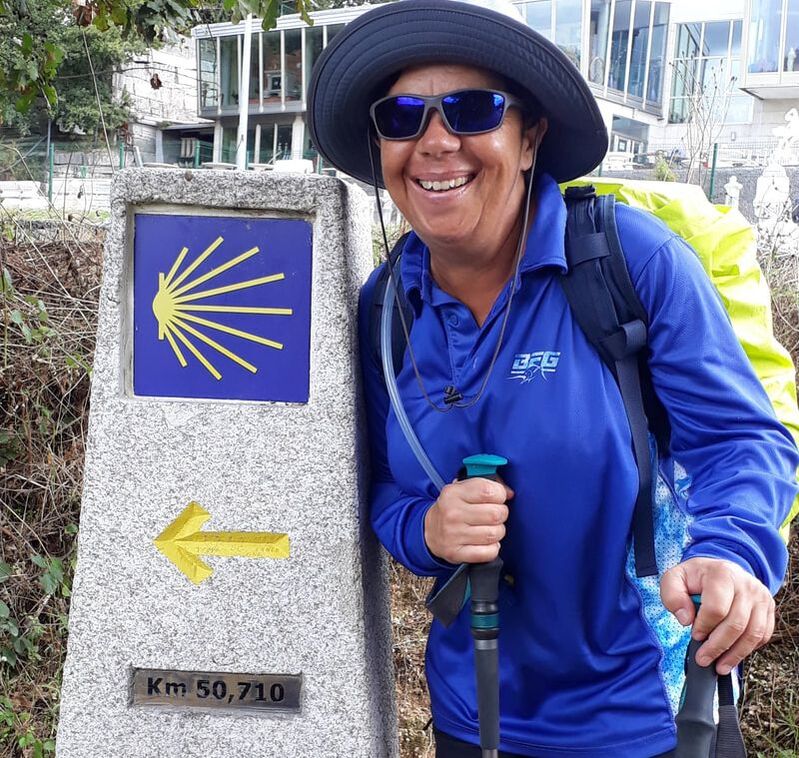 Portuguese Camino 2019 Portuguese Camino 2019
Travel blogs
New Zealand 2008 Tibet 2007 New Zealand 2006 Melbourne 2006 United Kingdom 2004 Athens Olympics 2004 Peru 2003 Beijing to Athens 1994 Nepal 1991 Categories
All
Archives
December 2019
|
|
I acknowledge the traditional Custodians of the land on which I work and live, the Gubbi Gubbi / Kabi Kabi and Joondoburri people, and recognise their continuing connection to land, the waters and sky. I pay my respect to them and their cultures; and to Elders past, present and emerging.
|
© 2024 HARI KOTROTSIOS
|
